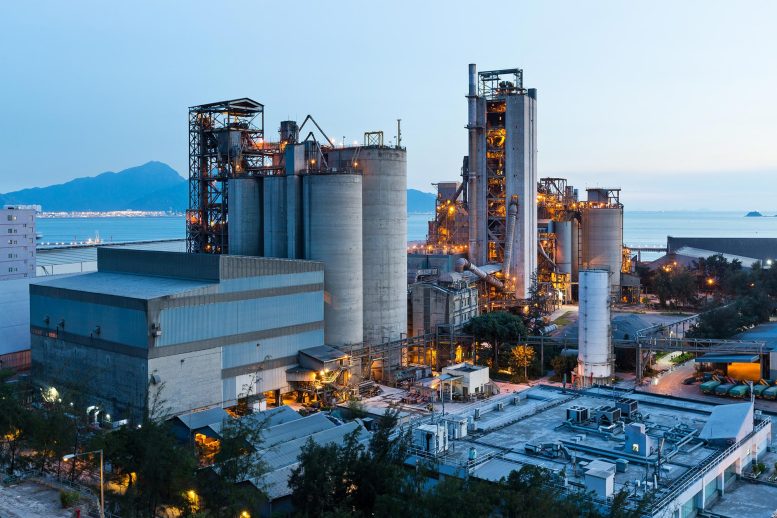
A University College London study suggests that retrofitting iron and steel processing plants could reduce carbon emissions by up to 70 gigatonnes by 2050. The study underscores the significance of timely upgrades, indicating that advancing emission reduction retrofits by five years could enhance the reduction potential.
Published today (September 20) in the journal Nature, a study led by University College London (UCL) researchers discovered that by upgrading the world’s iron and steel production facilities, carbon emissions can be reduced by 58.7 gigatonnes between 2020 and 2050. This is roughly equivalent to two years’ worth of net global carbon emissions. In addition, they found that bumping forward emissions reduction retrofits five years ahead of when they would be typically scheduled would reduce emissions by 69.6 gigatonnes over that time frame. Iron and steel production contributes about 7% to total global carbon emissions.
The Research Approach
To develop this schedule, the research team created a comprehensive database of 19,678 individual processing units located in 4,883 individual iron and steel plants around the world, inventoried by their technical characteristics, including their locations, processing technologies, operating details, status, and age.
Iron and steel production is a carbon emissions-heavy process. The scientists discovered that as of 2019, the last year that data is available, 74.5% of the world’s steel was produced in coal-powered plants that release considerable carbon emissions. Technologies exist to reduce these admissions, but upgrades are expensive and time-consuming and so are usually only undertaken at the end of a processing unit’s operational lifetime.
Refining and Retrofitting Insights
Refining is also hard on the equipment, and the individual processing units within each plant need to be retrofitted periodically to prolong their operational lifetimes. Overall, 43.2% of global iron and steel plants have been retrofitted with new technologies or have otherwise enhanced their processes to extend their operating lifetime. The frequency of their retrofits depends on the technique they employ and how old they are, but typically they occur after 15 to 27 years of use.
The team found that if all currently operating processing units were upgraded to incorporate low-emissions technology at their predicted time of their refit, total emissions from the iron and steel sector could be reduced by 58.7 gigatonnes between 2020 and 2050, but if all the refits and upgrades were bumped forward and completed five years early, the total carbon savings would be 16% greater at 69.6 gigatonnes.
Industry-Wide Efforts
According to the researchers, mitigation efforts will have to take place at the individual facility level, and the decarbonization of the entire iron and steel industry depends on the efforts undertaken by every single plant. Because of the complexity and variety of methods involved in steel production around the world, there’s no one-size-fits-all decarbonization technology or solution for the entire sector, and each processing unit should be upgraded individually according to its technical specifications.
Senior author Professor Dabo Guan (UCL Bartlett School of Sustainable Construction) said: “Our results lend vivid background to the possibility of achieving net-zero carbon emissions in iron and steel production in the future. By retrofitting existing plants with low-carbon technologies, and improving scrap collecting and recycling, the iron and steel sector can dramatically reduce its carbon emissions. This study sheds light on the specific emissions reductions that are possible within the iron and steel industry.”
Technological Distribution and Recommendations
About 63% of the world’s steel production is from some type of blast oxygen furnace, while most of the remaining capacity is produced by electric arc furnaces. Upgrading the global inventory of blast oxygen furnaces will yield the greatest net carbon savings, about 74% of the total projected carbon savings. Upgrades to electric arc furnaces would account for the second highest net carbon savings, at about 16% of the projected whole, though this may be limited by the total amount of stock scrap available worldwide as the technique is dependent on recycling existing metals.
The researchers hope that this data can be used to identify improved ways to update aging steel plants with emission-reduction technologies in order to reach net-zero carbon emissions more quickly. Compiling this publicly available global database of iron and steel plants and tracking all their ages and technologies has significantly improved the detail of data around the carbon emission of global iron and steel production.
Guidance for Policymakers
The researchers emphasize that because of the wide range of production methods and plant designs, the particulars of individual upgrades and mitigation efforts of each processing unit will have to be done on an individual basis. Their research will help policymakers create a roadmap of when and how to upgrade iron and steel plants to meet emissions reduction targets.
The first author PhD student Tianyang Lei of Tsinghua University said: “Our study presents various CO2 emissions mitigation pathways at the plant level, optimizing when and how to retrofit each plant based on processing routes, latest retrofitting year, and operating lifetime, stressing the importance of early retrofitting with deep decarbonisation technologies for achieving net-zero carbon emissions by 2050.”
Geographical Disparities and Key Emitters
The database reveals other insights into the iron and steel industry. Geographically different regions tend to use different technologies and techniques based on the available technologies and raw materials in the region. Some of the most carbon-intensive, coal-based production plants are concentrated in China, Japan, and India, while plants in the Middle East and North America which have greater access to natural gas resources use techniques that emit relatively less carbon dioxide.
The top five carbon-emitting iron and steel plants contribute 7% of the total CO2 emissions from the global iron and steel industry but only make up 0.1% of the total 4,883 plants. They are: Anshan Iron & Steel (China), Posco – Pohang Iron & Steel (South Korea), Shanghai Baosteel (China), Jiangsu Shagang (China), Maanshan Iron & Steel Group (China). The researchers say that retrofitting these plants to lower their carbon emissions would demonstrate the feasibility for other, similar plants.
Reference: “Global iron and steel plant CO2 emissions and carbon neutrality pathways” by Tianyang Lei, Daoping Wang, Shijun Ma, Weichen Zhao, Can Cui, Jing Meng, Xiang Yu, Qiang Zhang, Shu Tao and Dabo Guan, 20 September 2023, Nature.
DOI: 10.1038/s41586-023-06486-7
The research was led by UCL and conducted in collaboration with Tsinghua University, Peking University, and King’s College London.

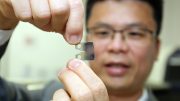
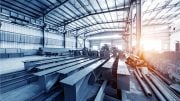

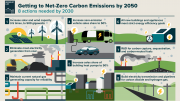
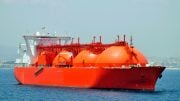

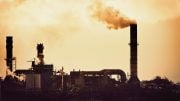
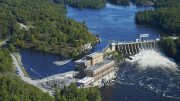
Something that isn’t mentioned is that reliable electrical sources are critical to arc smelting. Intermittent sources like solar or wind turbines don’t cut it except for small batches. If the power goes out before the melt is poured, then not only is the batch lost, but the furnace is probably destroyed too. Typically, it is only countries that have abundant hydroelectric power that have the luxury of turning to electric furnaces for steel or aluminum recycling.
Will it be enough to offset China’s carbon emissions?
How about India?
No?
If this article is about steel plants, why does the photograph at the top show a cement plant?